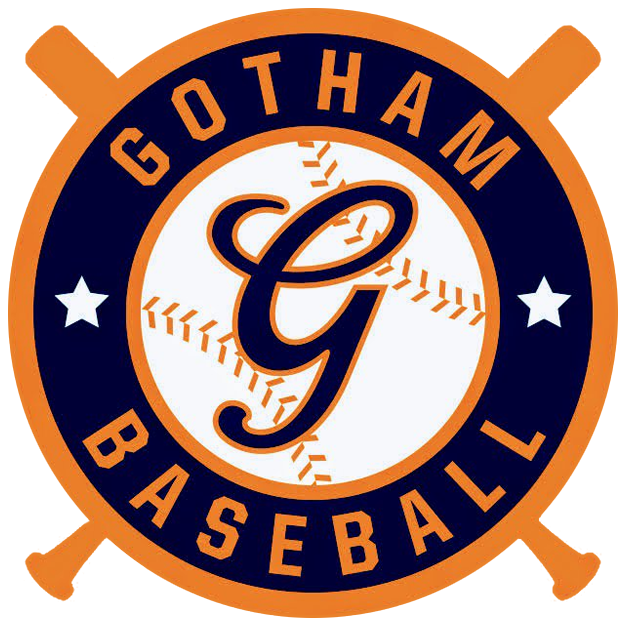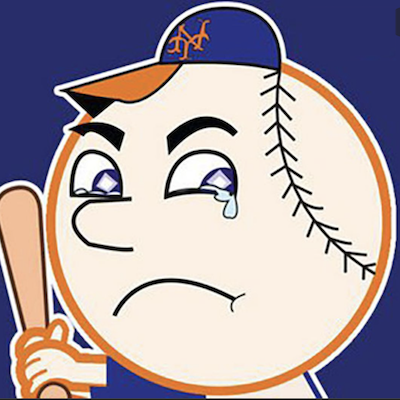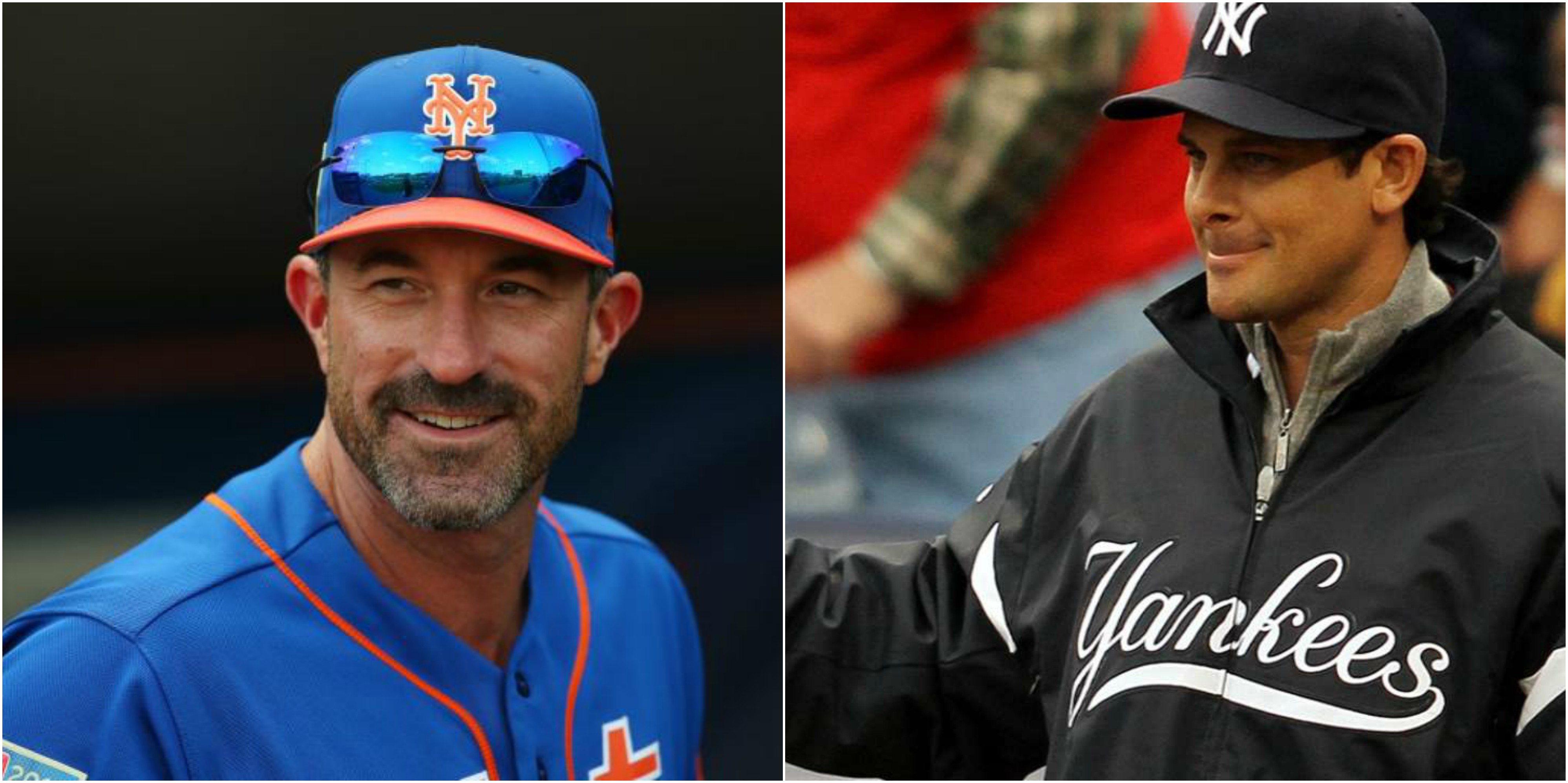How can a team filled with good-to-great players have such an underachieving season?
It wasn’t supposed to be this way, was it? I mean, sure, during Steve Cohen’s first virtual press conference after completing his purchase of the Mets, he said “If we don’t win a World Series in 3-5 years, that would be disappointing” but really, many fans thought the moment the check cleared they’d be guaranteed postseason baseball in Flushing for years to come. Then, when the Mets made a handful of (mostly) fan-approved moves, it only heightened those expectations.
Yet, here we are, the 2021 regular season is in the books, and the bitter pill of the past few months’ disappointment has reached our collective stomachs. And I don’t get it. How was the team not as good as its roster?
Surely, the Mets issues ran the gamut: hitting, pitching, base running, fielding (although not as much as expected), coaching, front office, uniforms, stadium parking, etc. That said, I am focusing on the team’s offensive struggles this week, and will tackle pitching, and other challenges, in later weeks.
It would be incomplete to write about the 2021 Mets season, without mentioning the injuries, so I’m mentioning them. The team’s IL was a revolving door, with players of various importance at all positions missing significant time. This was also not the key reason the Mets weren’t better.
So often when a team goes through an injury-plagued season they blame the injuries by going out of the way to not blame the injuries. You know something like:
Reporter: Do you think you lost that ball in the sun due to playing out of your normal position?
Player: Well, we can’t use injuries as an excuse for poor play.
Or the more blatant…
Reporter: It looked like the right fielder and center fielder had some miscommunication on that fly ball…
Player: Blaming injuries is just a crutch, even more than the actual crutches our normal starting outfielder has to use for the next 6 weeks.
At the beginning of the Mets nosedive this year, they tried that strategy. Then the injured players returned. And while other injuries certainly kept happening, there was a bigger issue at hand: Almost every Mets player underperformed drastically this year. Many of the best players in baseball have had a lost season or two. When it happens to many players on the same team at the same time, well then, you get your 2021 New York Mets.
Here’s a quick look at the numbers:
- Francisco Lindor had a subpar year in 2020’s COVID-shortened season. His offensives numbers were down across the board. This year was worse. Even if you don’t give much weight to the batting average stat, a .060+ point drop between 2019 and this year (.284 in 2019, .231 this year) is disconcerting. Obviously it’s not just batting average – Lindor’s OBP, SLG %, and therefore OPS were all well below his career numbers.
- Michael Conforto had a very good 2019, with over 30 home runs, over 90 RBIs (both career highs), and his percentages (batting average, OBP, Slugging, OPS) were his second-best. Then, last season, he hit even better. So, it was logical to expect that coming off of two-straight strong seasons and heading into his “walk year”*, Conforto would come through with especially strong results. As you know, that didn’t happen. Conforto regressed, hard. He had his worst season in virtually every category since 2016.
- Dominic Smith had played in 4 seasons prior to this year, and had not reached 200 plate appearances in any of them. So while his performances in 2019 and 2020 were encouraging and optimism-inducing, they added to his mythic story and also promised nothing. Sadly, that’s pretty much what the Mets got from Smith this year, nothing. While all of Smith’s numbers were frustratingly disappointing, his .306 OBP was brutal, and led to his -0.7 WAR, which basically just means that Smith cost the Mets wins by playing.
- James McCann seemed like a player primed for regression when the Mets signed him. There were lots of smart baseball people who focused on the numbers behind the numbers as proof that McCann’s impressive offensive output from recent seasons was not actually that impressive, and, more importantly, unlikely to be replicated. While it was easy to hold out hope that these predictions were more pessimistic than academic, it was equally easy to expect McCann’s numbers to dip, somewhat. Turns out “somewhat” actually meant “significantly”. Instead of throwing a whole bunch of percentages to backup this point, all you need to know is that he grounded into more double-plays than he hit home runs (12 to 10). Expected or not, it hurt.
- Jeff McNeil may be the most confounding of them all. In his 3 major league seasons prior to this year, McNeil had OBPs of .381, .384, and .383 respectively. This year, it dipped to .317. McNeil just never got it going this year. There was barely a time when his play sparked expectations that he was coming out of his slump. It was hard to watch, really. To be honest, I think I had simply expected him to perform, and it wasn’t until September that I realized it wasn’t going to happen this year. I figured, of all the every day players, he was one the team could count on, and it just didn’t happen.
*Walk Year=The final season before the player hits free agency. Truthfully, the notion that a player will perform better because a potentially big payday is at stake is misguided. Statistically, this often just hasn’t been the case. It makes for a nice-sounding idea, and in the end it doesn’t work out so well, like Conforto this season.
Dominic Smith is the only one of those players who did not spend time on the IL this season. In fact, out of the 64 players to play for the Mets this year, 37 of them were on the IL at one time or another. Looking at these numbers, it would be simple to think that the Mets incredibly disappointing season could be credited to their injury issues. However, to do that, there would be a need to point to the players’ stats and wonder what a full season of those players would have been like. And sure, I could see how one or two of these injuries may have been an obstacle to a player’s ability to find his way this season, but the Mets offensive ineptitude was widespread. There were other players I could have used as examples if I wanted this whole thing to be unnecessarily lengthier.
When there’s such team-wide failure, it’s hard to pinpoint the source of the problem. Often, the hitting coach is the first to be blamed. And true to this pattern, the Mets fired Chili Davis fairly early on in the season. Not much changed. The next to shoulder the blame is usually the manager. In this regard, Luis Rojas is something of an enigma. There were times this season when Rojas looked to be in tune with what the Mets needed. He made some moves that were confusing to me, and they worked. And then, when things started falling apart, he seemed lost, and not just because the Mets weren’t winning. Late in the year, Rojas made some baffling moves, and some non-moves, that defied baseball logic without a really good reason. Aside from the in-game decisions, something was not right with this Mets team beginning in late June and getting progressively worse from there, and Rojas seemed helpless throughout.
In the end, the team’s vibe seemed to match that of the franchise as a whole – in a state of transition. The Mets have a new owner who brought with him some exciting new (and some familiar) faces that quickly energized the fanbase. That image took some quick hits with the early firing of new GM Jared Porter less than 5 weeks into his tenure due to allegations of sexual harassment, then it settled some, and then was dealt another blow when interim GM Zack Scott was placed on administrative leave following a DWI arrest. Despite the early excitement with the freshness of this new regime, Mets fans were reminded of some all-too-familiar story lines, and the shine wore off quickly, and the franchise appeared remarkably unsettled. Similarly, the Mets brought some fresh blood into this roster, and with it came a great deal of optimism and anticipation. Then, the familiar story lines of injuries and underperformance returned, and the shine wore off quickly, and the team appeared remarkably unsettled.
Now, the Mets head into an offseason and nobody knows what to expect. The front office will likely look very different. The manager? The coaching staff? The roster? Who knows? (Of course, the entire league is on shaky ground until the MLB and MLBPA work out a new collective bargaining agreement; that’s another story for another time.)
As much as the Mets are looking to win in 2022 and beyond, it appears that the first steps that they need to take go towards solidifying the franchise and then assembling the roster from there. Once the franchise can establish some consistency beyond controversy and mismanagement, then they can build teams for the present as well as the future. Apparently, undoing the Wilpon tarnish is going to take more than a few months and a whole lot of money. I guess this is why Steve Cohen used the “3-5 years” timeline as opposed to saying “wait ’til next year”.


